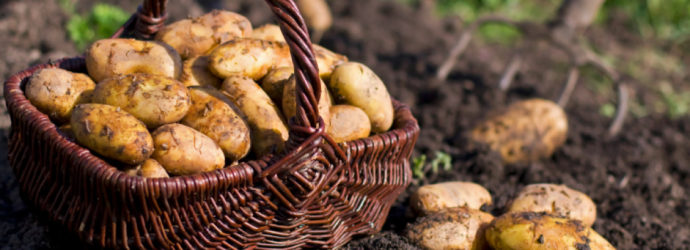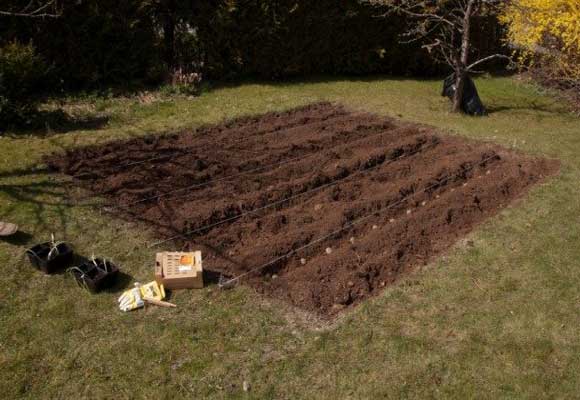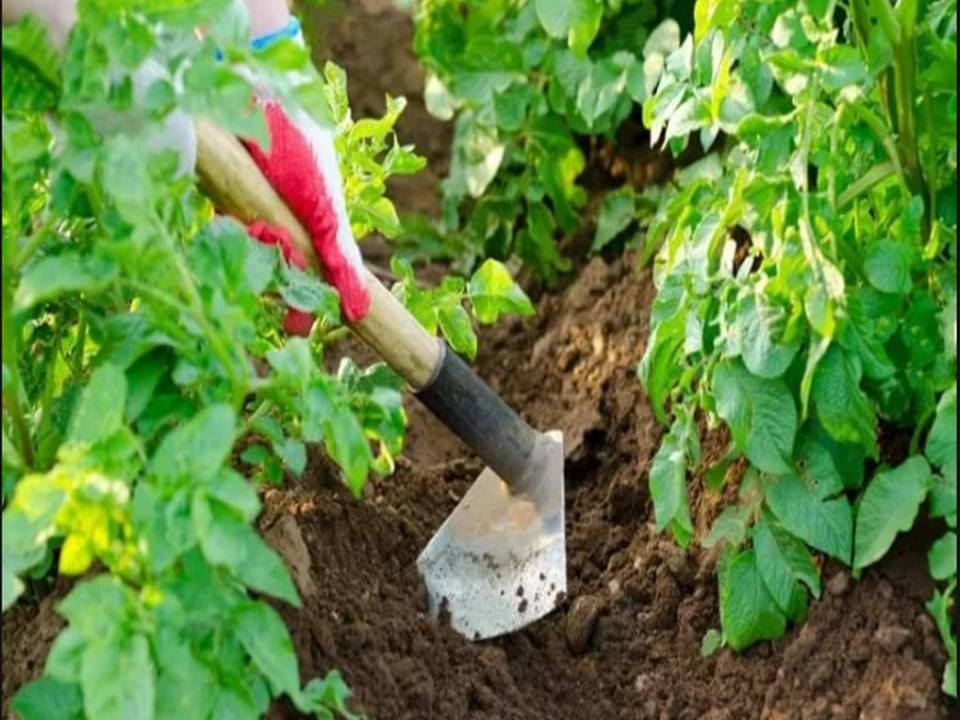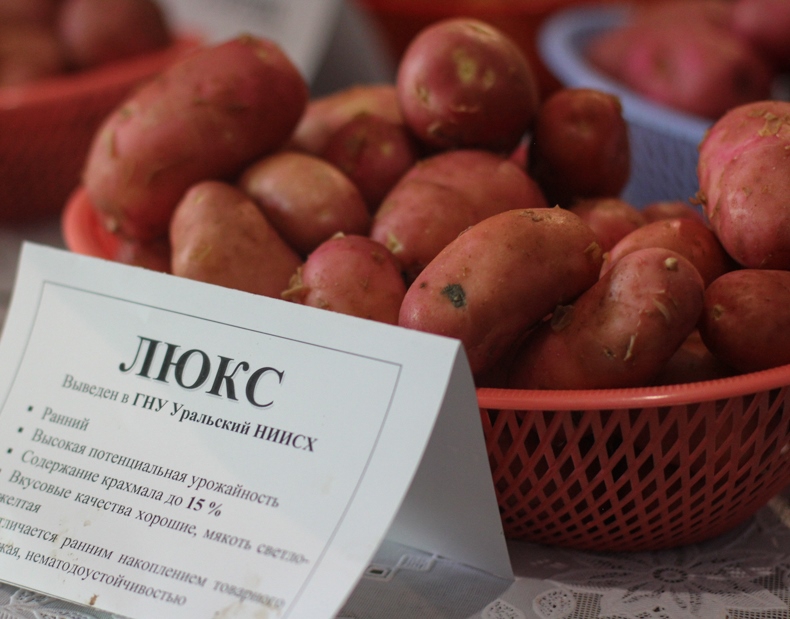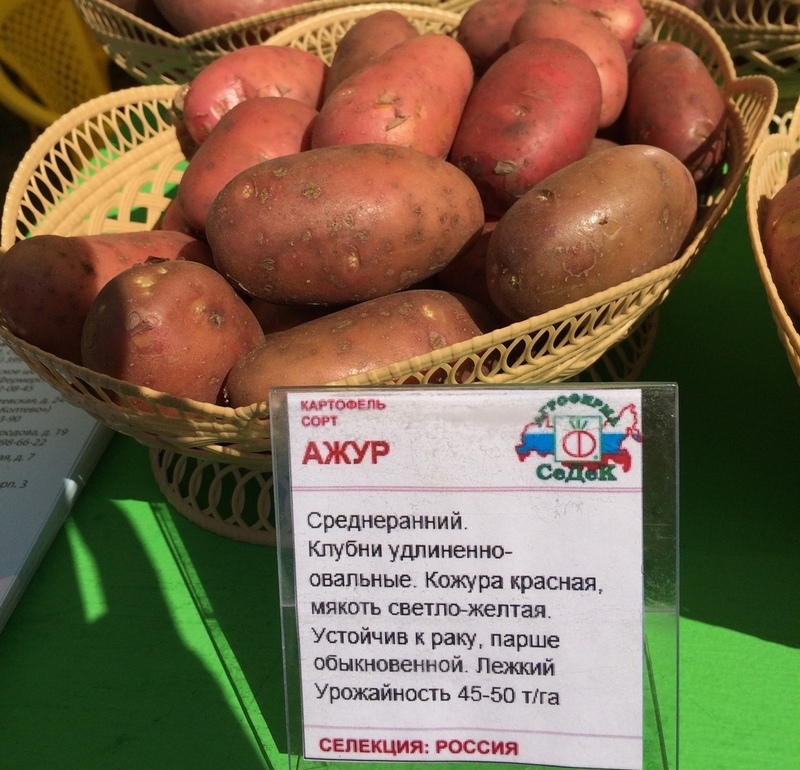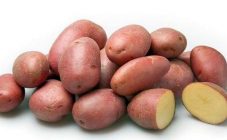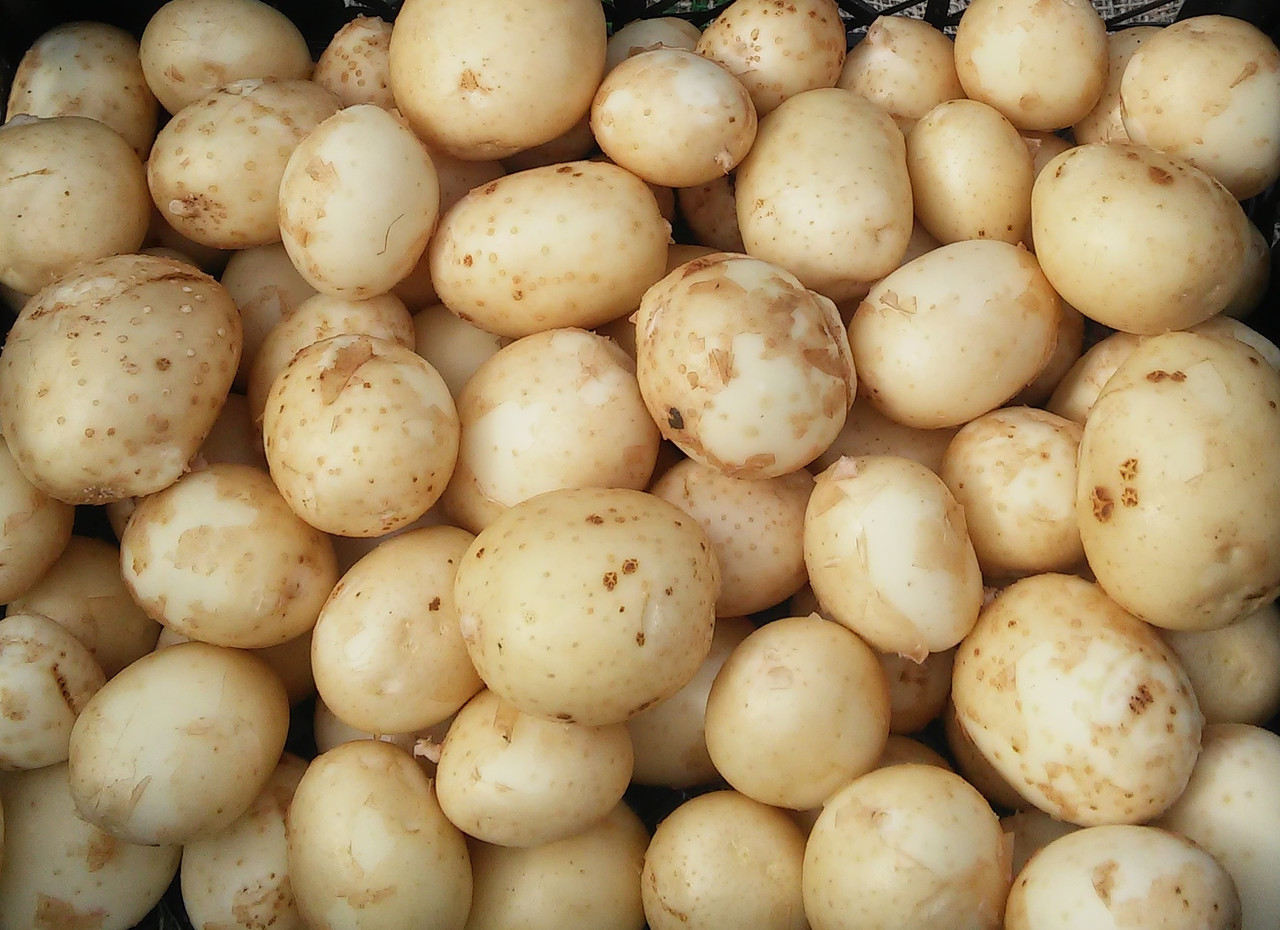Content:
Potatoes occupy one of the main places in the diet of every person. It is popular and indispensable in the preparation of nutritious meals. Because of this, it is cultivated everywhere: in the fields, in vegetable gardens and dachas. Its tubers are rich in starch and protein. The growing season of the plant lasts 4 months. In order not to waste a lot of effort and time in vain, but to get a good harvest, you need to know how to grow potatoes.
Characteristics of culture
Culture provides a person with energy and nutrients. Its growth and fruiting take place and end in one season: from early spring to autumn. The plant is a bush of 2-4 stems. The root consists of thin filamentous processes that form a fibrous root system. It does not penetrate too deeply into the ground: it is located at a distance of no more than 60 cm from the surface.
Potato bushes, depending on the variety, differ in terms of ripening, height, shape, degree of development of the leaf apparatus. Leaves of various shades of green (from light to dark with a slight shade of burgundy) can vary in size. Their shape is also different and depends on varietal characteristics. Modified shoots are formed under the bush on the stolons of the roots. They develop into tubers of different colors, sizes and shapes. With good care and favorable weather conditions, the bush yields from 5 to 15 or more potatoes. Some of them are stored until spring in basements, cellars and even on balconies, so that later they will become the basis of a new harvest.
Potatoes can be grown from seeds found in round green fruits. They are tied after flowering is complete. Knowing how to grow and achieve a good harvest of potatoes from seeds, experienced vegetable growers have been engaged in this process for 2 years.
Growing
Before growing potatoes, you need to take care of the most suitable place for planting future large potatoes.
Growing conditions
The crop should not be planted in the same plot or after tomatoes that have diseases in common with potatoes. The best predecessors will be green manures, plantings of cucumbers, legumes, garlic or onions, cabbage, carrots, peppers and beets.
Soil preparation
It should be loose and fertile. Chernozems, sandy (sandy loam) and slightly clay soils (loam) with a low acidity level are suitable. A good result can be obtained by growing potatoes in the dark gray lands of the forest.
The garden bed is prepared long before planting, in the fall before the onset of frost:
- Deep loosening is carried out by introducing organic fertilizers. The best of them is considered to be rotted manure, which is applied in an amount of 7 kg per 1 sq. m. Superphosphate (from 35 to 40 g) and potassium sulfate (from 15 to 17 g) are added to it.
- Siderates are sown, such as alfalfa, rye, phacelia, mustard, oats, barley, legumes. They provide the soil with nutrients, including nitrogen. Sowing is carried out 30-45 days before frost, then they are sealed to a depth of about 10 cm.
Spring cultivation consists of deep plowing or manual digging of soil. Experienced potato growers recommend adding organic matter in the form of humus from straw, as well as peat, turf, sand, sawdust or compost. Embedded ash and manure are very well accepted by the plant.
Landing
Long before planting potatoes, since autumn, after harvest, gardeners prepare seed:
- select healthy tubers of standard size and regular shape;
- dried and kept in a bright place until they turn green, about 2 weeks;
- in the spring, the material is checked, the diseased, spoiled and having filamentous processes are discarded;
- within a month they begin to germinate, periodically turning over.
Gardening enthusiasts recommend using larger potatoes as planting material. Before planting large potato tubers, they must be cut into pieces. In this case, 1-2 eyes should remain on each of them. The cut site is treated with ash.
If for some reason it was not possible to warm up the planting material in the fall, you can do this in the spring. To do this, two weeks before planting, the potatoes poured into a heap are kept at a temperature of 12-16 ° C, covered with dense material on top. The appearance of sprouts is a sign that it is time to plant the potatoes.
Planting methods
Newbies often wonder how to grow large potato tubers. Large potatoes can be obtained by choosing the optimal arrangement with a distance of 25 to 30 cm between the holes. The row spacing must be at least 0.6 m (for manual planting) and 0.7 m for mechanical planting. When using small nodules, the distance between them should be reduced. Planting can be carried out using traditional methods, placing the rows on flat beds, ridges or in trenches, where nitrogen fertilizers are applied during the seeding. You can use compost or humus, as well as ash. In order to ward off coloradas, you can close up onion husks.
Recently, advanced summer residents are planting, resorting to the use of straw. They cover the tubers with it instead of the earth. One of the advantages of the technology is that the earth (or even virgin soil) does not need to be dug up. The fruits are clean, large in size. Straw inhibits the growth of weeds, then, decomposing, improves the structure of the soil. In addition to this method, summer residents share their experience and knowledge on how to properly grow excellent harvests of potatoes in boxes, under a dark film, as well as in buckets, barrels and even bags.
Caring for potato bushes
You should take care of it, watching how the potatoes grow, constantly, even if the seedlings are almost invisible. Within 5 days, harrowing is carried out with the help of a rake. Since the sprouts need air access, the soil is kept loose. It is necessary to break the crust after rain and watering. Pre-emergence treatment also destroys newly emerged filamentous weeds.
Top dressing and watering
In order for the potatoes to grow larger, it is advisable to combine watering with dressings. Slurry and poultry droppings, which contain all the trace elements necessary for plants, are very valuable. But the droppings must ferment. To do this, it is placed in a container, filled with water and left for a week. Then 1 glass of the mixture is diluted with water in a ratio of 1:10.
After feeding, the soil is watered abundantly. The regularity of watering depends on weather conditions and precipitation. It is not required in rainy weather.In total, during the summer, you can moisten potato plots from 3 to 5 times. You should not do this during the day, it is better in the evening or early in the morning. After each moistening, the soil is loosened, parallel to the hilling of the bushes. Usually this event is held when they reach a height of 15-18 cm.
Pest control
To get a bountiful harvest, the fight must be carried out in a complex manner. But prevention is no less important, which includes:
- using healthy planting material;
- compliance with the rules of crop rotation;
- adhere to recommendations on agricultural technology.
If the potato is planted in one place, in the spring it is overpowered by Colorado beetles that have wintered in the ground. Mechanical methods can be used to preserve the garden. They consist of weeding, mulching the soil and daily collection of adults and larvae.
In addition, fungi and nematodes spread on the roots and stems.
Only a change in crop rotation within 4 years will help get rid of them. It is necessary to plant in the place where plants were placed that are not susceptible to damage by nematodes. Often you have to fight the bear. Deep plowing and poisoned baits contribute to its overcoming.
By August, the dried tops die off, and it's time to harvest. It will go into storage, and amateur gardeners will again begin to plan and imagine how huge potato tubers grow in the ground next spring.
